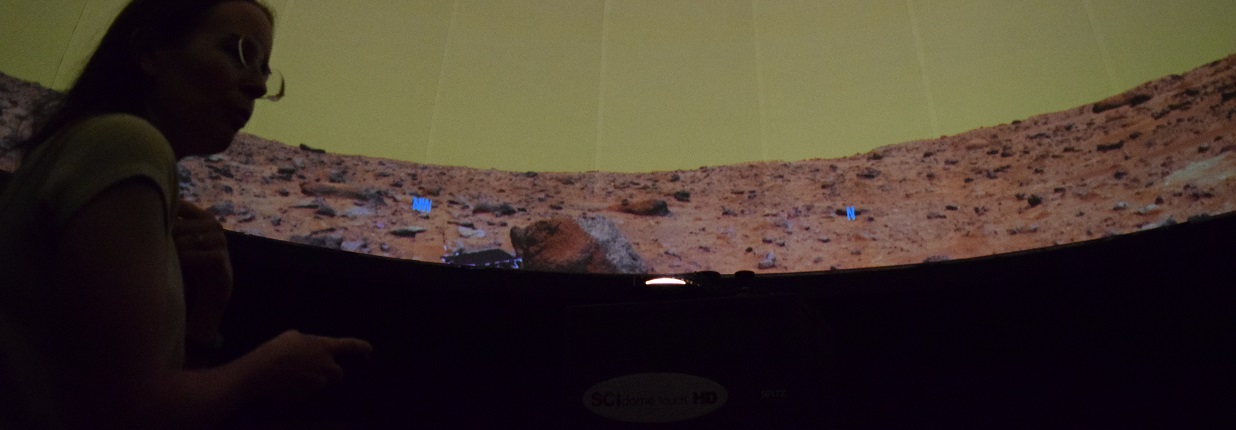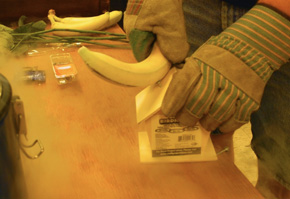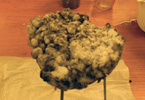With funding provided by the NASA/Missouri Space Grant Consortium, the Department of Mathematics, Physics, Astronomy, and Statistics; UMSL is proud to offer the Astronomy Outreach Program free of charge for schools.
Overview
This program is geared towards third through sixth grade students to supplement their learning in the classroom with a slideshow presentation, a planetarium show, and astronomy and science related activities on campus. Assistance with transportation to the UMSL campus may be available upon request.
The Astronomy Outreach Program allows for students to have access to educational science resources not available in the typical classroom. The planetarium shows give students a chance to view the night sky without the disadvantage of light pollution, as well as provide a visual aid for many different concepts such as the Earth’s rotation, the Sun’s motion in the sky, or how to measure a day and a year. The classroom activities portion of the program includes demonstrations with dry ice and liquid nitrogen to illustrate the phases of matter (and to touch on science safety!) and discussions on space and astronomy topics.
The goal of this program is to expose students not only to astronomy, but to science in general. The presentations aim to not only provide explanations of some of the astronomical phenomena students encounter on an everyday basis, but to stimulate critical thinking about nature and the world around them.
Program Content
The program is split into two portions: the classroom presentation and the planetarium presentation. The content of the presentations is flexible to suit the needs of each group of students. While the basic content remains the same, each presentation can be modified to cater towards certain topics or demonstrations in order to reinforce lessons learned in the classroom.

 with the phases of matter and how they vary depending on the material. Liquid nitrogen and dry ice (solid carbon dioxide) are used to show students how some elements have freezing and boiling points much much colder than substances they encounter everyday, such as water. To illustrate just how cold these two substance are, various objects are frozen, and some fun properties that arise from the relationship between temperature, pressure, and volume are explored.
with the phases of matter and how they vary depending on the material. Liquid nitrogen and dry ice (solid carbon dioxide) are used to show students how some elements have freezing and boiling points much much colder than substances they encounter everyday, such as water. To illustrate just how cold these two substance are, various objects are frozen, and some fun properties that arise from the relationship between temperature, pressure, and volume are explored. of a model comet. The importance of comets in space science is discussed along with the physical conditions of space (temperature, etc.), relating back to the first part of the classroom presentation. Topics such as space exploration, telescopes, or career opportunities in science and engineering can also be discussed.
of a model comet. The importance of comets in space science is discussed along with the physical conditions of space (temperature, etc.), relating back to the first part of the classroom presentation. Topics such as space exploration, telescopes, or career opportunities in science and engineering can also be discussed.